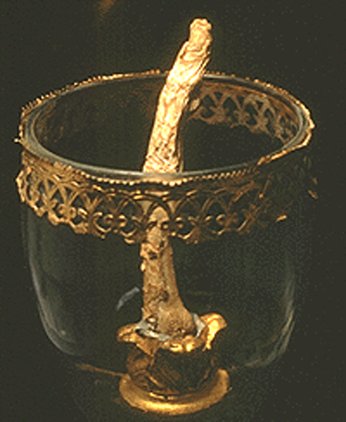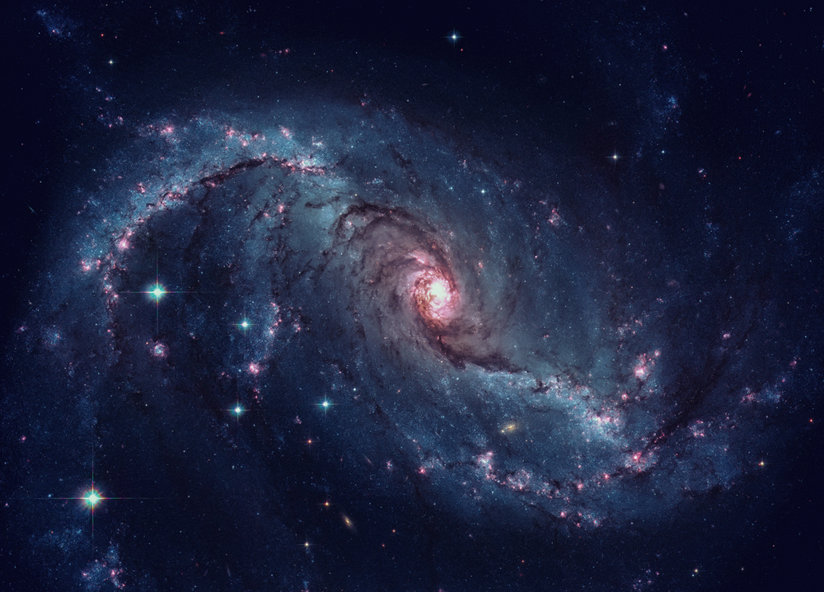
-
HOME
-
WHAT IS STANDOur Mission Our Values Our Help Contact
-
WHAT WE FIGHT FORReligious Freedom Religious Literacy Equality & Human Rights Inclusion & Respect Free Speech Responsible Journalism Corporate Accountability
-
RESOURCESExpert Studies Landmark Decisions White Papers FAQs Religious Freedom Resource Center Priest-Penitent Privilege Islamophobia Freedom of Religion & Human Rights Topic Index
-
HATE MONITORBiased Media Propagandists Hatemongers False Experts Hate Monitor Blog
-
NEWSROOMNews Media Watch Videos Blog
-
TAKE ACTIONCombat Hate & Discrimination Champion Freedom of Religion Demand Accountability
Galileo’s Middle Finger
In the Galileo Museum in Florence, Italy, carefully and lovingly preserved by his admirers in an ornate and gilded glass bubble, is the middle finger of Galileo, the 16th-century scientist and mathematician whose research and writings propelled science and discovery into its present day form. During his life, he was hounded, tried, convicted and punished by the established “authorities” of the time—ignorant, egotistical, self-righteous bureaucrats who knew no difference between the truth and their own opinions. Today, that middle digit gestures to the establishments of both yesteryear and today, that the discovery of truths, and those who seek the truth, cannot ultimately be suppressed or contained.

(Photo by NASA Blueshift. Image cropped)
Humans are born blind. Certainly not to the world around them, but to the underpinnings and the workings that make it up and make it happen.
As an analogy, much as we do not see the writers, crew, directors, set designers and computer technicians that go into making a movie we are watching (without which the movie could never exist), so it is with the world around us—the living and not-so-living things we perceive. From the time we are born, we see the movie, but must discover for ourselves what went into making it by the use of reason. That is, if we are at all interested…
True scientists are “truth junkies.” If you’ve ever met one, you’ve met someone who is absolutely obsessed with the reverse engineering of the movie we are all watching, The World Around Us (working title). They want to find out the exact truth as to who, what, where and how it was made, and how it works. They rarely care much for anything else.
Observing and questioning are not the safest of occupations. Throughout history, observations which go against the assumptions of the majority and of those in power have gotten various scientists and observers shouted down, banished, tortured and killed.
Surprisingly, the more scientists discover about that which creates the reality we see around us, the more fascinated most of them become, and the more excited to find out more. The true scientists, with their absence of any self-importance or conceit, take greater and greater joy in the world they inhabit.
After all their researching, observation and testing, their findings finally filter down to us, the everyday movie watcher. We end up incorporating these findings both in our personal lives and across all the different fields of knowledge, including the arts. Most of us simply accept what we are told by scientists and scholars as fact, having neither the time, intellect, nor opportunity to make our own direct observations. We must assume we are being told the truth and proceed on that assumption. And these are the two types of learning: assumption and observation.
The assumption method is how we learn as children from parents, school teachers and, later on, the media. Those people tell us the things they think we should assume to be true, and we assume they are. Unfortunately, most people never learn to graduate to the observation method, where assumptions are questioned, investigated and tested for the amount of truth they contain, and where mysteries are uncovered. Instead, we are taught to assume that the observation method is reserved for a mysterious, elite class of people possessing intellects unavailable to the average person. And it is implied by our assumption-teachers that the average person should never question their findings. That we should go right on assuming. But the fact is that both methods—assumption and observation—are natural parts of our mental make-up.

Anyone can (and does) observe and investigate and find many answers in doing so. To some degree, we are all true scientists. Most great innovations come from everyday people who question assumptions, observe and investigate. Everything from better mouse traps to cell phone apps.
But because the assumption method is assumed to be the only correct method of learning, as we go through life, we are generally rewarded for assuming and punished for questioning and observing. (We can all recall times, as children—and later—when we thought the adults around us were crazy. When things they said were completely at odds with what we perceived. Well, they probably were crazy. We were observing. They were assuming.)
Observing and questioning are not the safest of occupations. Throughout history, observations which go against the assumptions of the majority and of those in power have gotten various scientists and observers shouted down, banished, tortured and killed or, in Galileo’s case, confined for life. Yet it is always an individual who questions and investigates assumptions who makes the discoveries which allow societies and civilizations to take great strides forward, and ultimately, allow us all to give an eternal middle finger to the pompous and ignorant.
But to tell you that L. Ron Hubbard, with his observations in the field of the mind and spirit, was once such an individual, would be asking you to assume. There’s far too much assuming going on as it is… about Scientology and just about everything and everyone else.
Instead, check it out for yourself. And let’s all do more questioning of assumptions in our lives. More observing. Take the time and take the responsibility.
Who knows what you, yourself, will discover that will make a difference?









